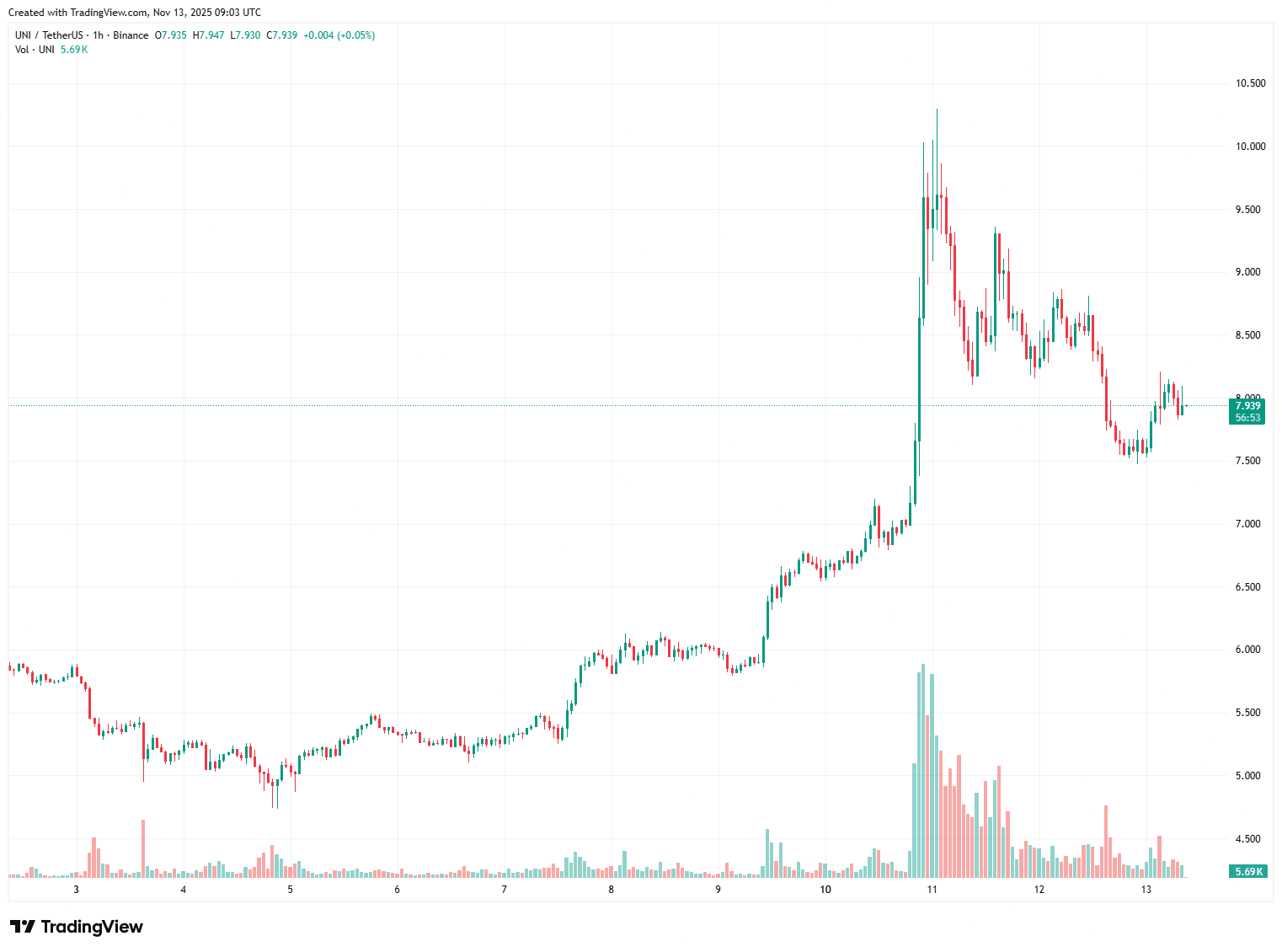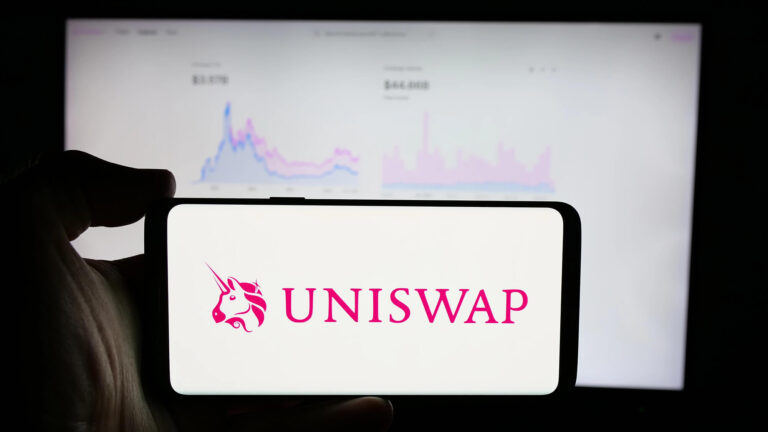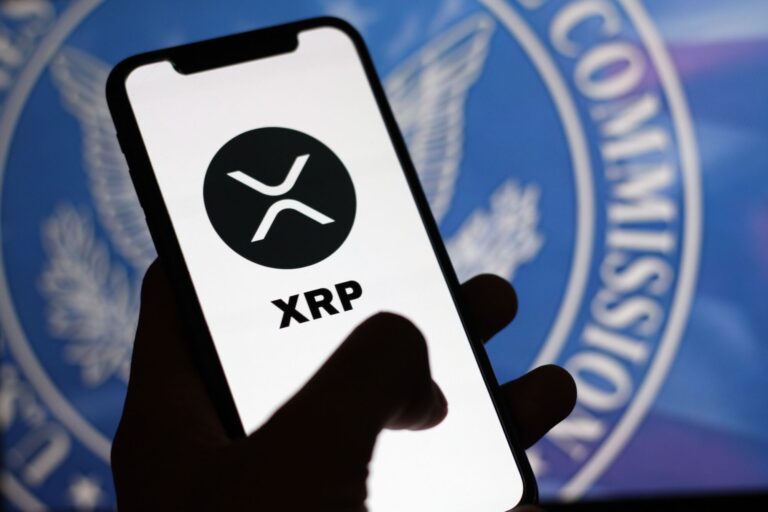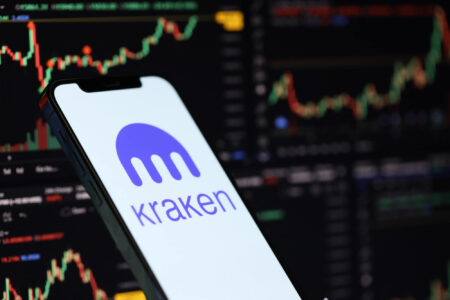The governance token UNI from Uniswap recorded a price surge of over 30% following the publication of the reform plan “UNIfication”, which includes activating the so-called fee switch. The goal is to better align the interests of token holders, platform users and liquidity providers within the DeFi protocol.
With the proposal to redirect fees, Uniswap aims to activate a protocol fee for V2 and V3 pools. A portion of the revenue is intended to flow directly to UNI token holders. In parallel, Uniswap plans to burn around 100 million UNI tokens from the treasury and will introduce new mechanisms called “Aggregator Hooks” to reward liquidity aggregators. The move marks a shift from the previous usage-before-value model toward a genuine token-value model.
Reform of the protocol token
The detailed proposal states that V2 pools would be subject to a 0.25% trading fee, of which 0.05% could flow as a protocol fee. For V3 pools, the share varies between 0.04% and 0.06% depending on the fee tier. Revenue will be distributed through smart contracts into the burn mechanism and to token holders. In addition, the token treasury will be restructured: a one-time token burn of around 100 million UNI units is intended to increase value for existing holders.
The market reaction was immediately positive. Remaining liquidity visibly increased, activity in UNI wallets reached a one-month high, and governance participation rose – all signs that the market perceived the proposal as a significant strategic realignment.

Governance process and timeline
The vote on the fee switch proposal is taking place within the Uniswap governance framework, involving more than 300,000 UNI holders. Activation requires a majority of over 50% of the votes cast. After a successful vote, a security audit of the new smart contracts will follow before implementation is gradually rolled out across Uniswap V2, V3 and Unichain.
According to the published roadmap, full introduction of the model could be completed as early as the first quarter of 2026. At the same time, the governance structure is being reformed to make fund allocation more transparent and automate reimbursements to token holders. This marks Uniswap’s clear transition toward sustainable, decentralized revenue management – a model that could become a blueprint for other DeFi protocols.
The reform shows that DeFi platforms are increasingly focusing on token economics and revenue models – not just underlying technology. With this move, Uniswap positions itself as the first major protocol with a meaningful revenue model for token holders. If the proposal passes, UNI could assume a new role as a dividend-like token, potentially attracting institutional interest. At the same time, the step sets a standard: enabling a shift toward protocols that deliver not only usage, but also value creation for token holders.








